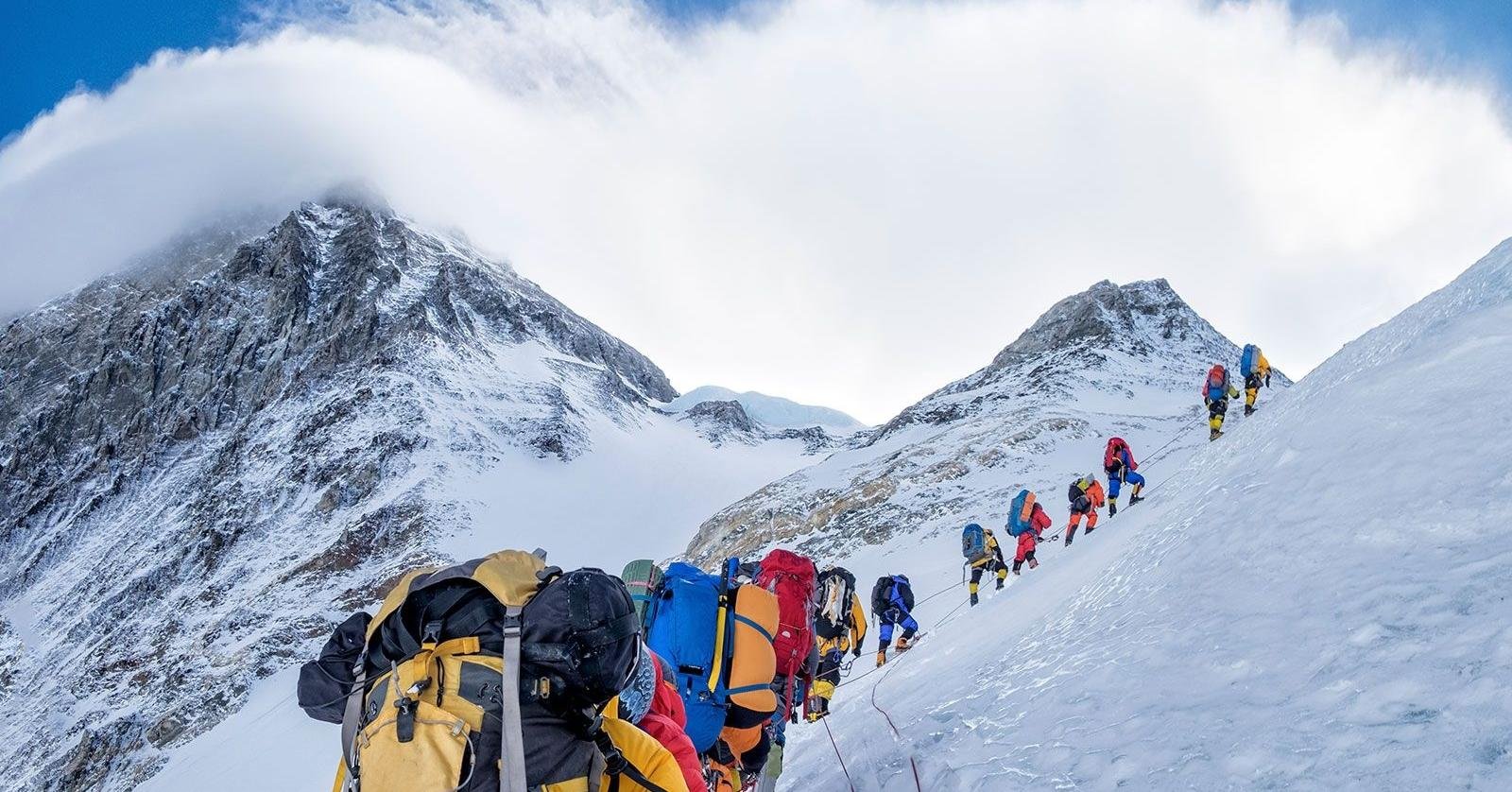1. The Geological Formation of Mount Blackburn
Mount Blackburn, located in the Wrangell-Saint Elias National Park in Alaska, is a captivating geological wonder that offers insight into the Earth’s turbulent past. The formation of Mount Blackburn dates back millions of years and is a result of complex geological processes.
- Tectonic Forces:
Over millions of years, intense tectonic forces acted upon the Earth’s crust in the region where Mount Blackburn stands today. These forces caused immense pressure and heat, leading to the creation of the mountain’s foundation.
- Volcanic Activity:
Volcanic eruptions played a significant role in shaping Mount Blackburn. Molten rock, known as magma, rose from deep within the Earth and solidified to form the mountain’s core. Layers of volcanic rocks, including basalt and andesite, are visible along the slopes of the mountain.
- Glacial Processes:
The sculpting of Mount Blackburn by glaciers further contributes to its geological makeup. As massive ice sheets moved across the landscape during the Ice Age, they carved deep valleys and cirques on the mountain, leaving behind U-shaped valleys and rugged terrain.
- Metamorphic Transformation:
The rocks found on Mount Blackburn underwent metamorphic transformations due to intense heat and pressure. Rocks were altered from their original forms, creating unique mineral compositions and geological features that are visible on the mountain’s surface.
By studying the geological formation of Mount Blackburn, scientists gain valuable insights into the Earth’s dynamic history and the forces that have shaped our planet over millennia. Visitors to this majestic mountain can witness firsthand the remarkable geological processes that have contributed to its rugged beauty and grandeur.
Also Read : 6 Exciting Photography Trends for Inspiration in 2024
2. Early Indigenous Connections to Mount Blackburn
- Indigenous Athabascan tribes have a deep historical connection to Mount Blackburn, considering it a sacred and significant landmark in their cultural and spiritual beliefs.
- The tribes in the region, such as the Ahtna and Tlingit people, have passed down stories and legends about Mount Blackburn through generations, highlighting its importance in their folklore.
- For centuries, these tribes have utilized the land surrounding Mount Blackburn for hunting, gathering, and spiritual rituals, forming a strong bond with the natural environment.
- Mount Blackburn’s towering presence has served as a navigational point and a reference for tribal territories, aiding in the establishment of trade routes and communication between different Indigenous groups.
- The indigenous peoples’ respect for Mount Blackburn is evident in their sustainable practices and harmonious coexistence with the land, showcasing their deep-rooted reverence for nature and the mountain’s majestic beauty.
By acknowledging the early Indigenous connections to Mount Blackburn, hikers and visitors can gain a deeper appreciation for the mountain’s cultural significance and the rich history that is intertwined with its rugged landscape.
Also Read : Achieve Your Investment Goals with the Best ELSS Mutual Funds
3. The First Recorded Ascent of Mount Blackburn
- Mount Blackburn’s first recorded ascent took place on May 30, 1958, by a team led by famed mountaineer Terris Moore.
- The team included Bruce Hendricks, Charles Lucier, Chet Brewster, and renowned pilot Warren Metzler, who dropped supplies for the climbers.
- Starting their journey from the Kennicott Glacier, the team faced numerous challenges, including treacherous weather conditions and technical terrain.
- The climbers successfully reached the summit after a grueling 31-day expedition, marking a significant accomplishment in mountaineering history.
- This historic ascent opened up Mount Blackburn to future climbers, showcasing its allure and providing inspiration for many adventurers to follow in the team’s footsteps.
4. Mount Blackburn’s Significance in Alaskan Climbing History
- Mount Blackburn holds a prominent place in Alaskan climbing history, being the fifth highest peak in the United States and a challenging ascent for mountaineers.
- The first successful summit of Mount Blackburn was achieved in 1958 by a team led by Bruce Gilbert and Dick Wahlstrom, marking a significant milestone in Alaskan climbing history.
- The rugged terrain, unpredictable weather conditions, and technical challenges posed by Mount Blackburn have solidified its reputation as a demanding yet rewarding climb.
- Over the years, the mountain has attracted experienced climbers from around the world seeking to test their skills on its icy slopes and towering ridges.
- Mount Blackburn’s remote location in the heart of Wrangell-St. Elias National Park adds to its allure, offering climbers a true wilderness experience.
- The mountain’s towering presence and majestic beauty have inspired countless adventurers to push their limits and strive for the summit.
- For those passionate about mountaineering, Mount Blackburn stands as a testament to the enduring spirit of exploration and adventure in the Alaskan wilderness.
Ama Dablam, Cho Oyu, Manaslu, Everest Nepal, K2, Aconcagua, Lobuche, Island Peak, Broad Peak, Gasherbrum I, Gasherbrum II are some of the mountains to be climbed and trek at least once.
5. Expeditions and Notable Climbers of Mount Blackburn
- The first ascent of Mount Blackburn took place in 1958 by a team led by the renowned climber Bruce Gilbert.
- In 1977, a notable expedition led by Dr. Charlie Mason made headlines for their successful winter ascent of Mount Blackburn, a challenging feat due to extreme weather conditions.
- In 2003, an all-female team of climbers made history by reaching the summit of Mount Blackburn, showcasing the strength and determination of women in mountaineering.
- Mount Blackburn remains a coveted peak for climbers around the world, attracting adventurers seeking the ultimate challenge in the rugged wilderness of Alaska.
- “Expeditions to Mount Blackburn require careful planning, technical skills, and physical endurance due to its remote location and unpredictable weather.”

